Antananarivo: The Heartbeat of Madagascar
Introduction
Perched majestically on the central highlands of Madagascar, Antananarivo—often affectionately called "Tana"—is a city of contrasts, where history, culture, and modernity converge. As the capital and largest city of Madagascar, Antananarivo serves as the political, economic, and cultural hub of the island nation. Its name, meaning "City of a Thousand," reflects its significance as a gathering place for communities and leaders over centuries.
A Brief History of Antananarivo
The origins of Antananarivo trace back to the early 17th century when King Andrianjaka established it as a fortified hilltop stronghold. The city's strategic location provided both defensive advantages and control over surrounding rice fields, making it a thriving center of Merina power. Over time, successive Merina rulers expanded their influence, unifying much of Madagascar under their rule by the 19th century.
Under Queen Ranavalona I and later monarchs, Antananarivo grew into an important administrative and cultural center. French colonial rule, beginning in the late 19th century, introduced European architectural styles and infrastructure, blending with the city’s indigenous Malagasy heritage. Today, the streets of Antananarivo reflect this rich tapestry of history, where royal palaces stand alongside colonial-era buildings and bustling markets.
The City’s Unique Geography
Antananarivo’s landscape is nothing short of dramatic. Built across twelve sacred hills, the city offers breathtaking panoramic views, particularly from its highest points. The Rova of Antananarivo, or the Queen’s Palace, sits atop the highest hill, providing a striking silhouette against the skyline. The lower city, with its winding streets and red-roofed houses, sprawls outward, connected by a network of staircases and narrow alleys.
The terraced rice fields that once sustained the city still dot the surrounding hills, though urbanization has diminished their presence. Lake Anosy, an artificial lake shaped like a heart, lies at the city center, adding a serene contrast to the urban hustle. The city’s elevation—about 1,280 meters (4,200 feet) above sea level—grants it a mild, temperate climate, unlike the tropical heat of Madagascar’s coastal regions.
Cultural and Historical Landmarks
One cannot explore Antananarivo without visiting its iconic landmarks. The Rova, a royal complex that once housed Madagascar’s monarchs, remains a symbol of national pride despite suffering damage from a fire in 1995. Reconstruction efforts continue, and the site offers visitors a glimpse into the island’s regal past.
Nearby, the Andafiavaratra Palace, once the residence of Prime Minister Rainilaiarivony, showcases 19th-century grandeur and historical artifacts. Meanwhile, the Andohalo Cathedral, built during the Merina Kingdom, stands as a testament to the early spread of Christianity in Madagascar.
The city’s markets, such as the sprawling Analakely Market and the artisan-focused Digue Market, present an explosion of colors, scents, and sounds. Here, vendors sell everything from handwoven lamba (traditional Malagasy textiles) to exotic fruits and spices, embodying the island’s rich cultural diversity.
Daily Life in Antananarivo
Life in Antananarivo moves to its own rhythm. Mornings begin with the aroma of freshly brewed Malagasy coffee and the sight of street vendors offering mofo gasy (sweet rice cakes). The city’s roads buzz with activity, as taxis, tuk-tuks (called "pousse-pousse"), and pedestrians navigate the hilly terrain.
Despite its rapid urbanization, Antananarivo remains deeply connected to its traditions. The Malagasy concept of fihavanana—kinship and solidarity—shapes social interactions, fostering a strong sense of community. Families gather for Sunday meals, while festivals and vibrant street performances keep cultural heritage alive.
Challenges and Modernization
Like many rapidly growing cities, Antananarivo faces infrastructure challenges. Traffic congestion, pollution, and inadequate public services are ongoing concerns. However, recent development efforts aim to improve transportation networks, including the expansion of roads and public transit.
The city is also evolving as a center for education and commerce. The University of Antananarivo is a leading academic institution, while international businesses and NGOs contribute to the local economy. As Madagascar’s gateway to the world, the city’s Ivato International Airport connects travelers to global destinations.
Conclusion of Part One
Antananarivo is a city of resilience and charm, where history and modernity intertwine seamlessly. From its royal palaces to its vibrant markets, the city offers an immersive experience into Madagascar’s past and present. In the next section, we will delve deeper into Antananarivo’s cultural festivals, cuisine, and the role it plays as Madagascar’s beating heart.
Antananarivo: A Cultural and Culinary Journey
Festivals and Traditions
Antananarivo pulses with life during its many festivals, where Malagasy traditions take center stage. One of the most significant events is the Famadihana, or "Turning of the Bones," a sacred Merina ritual where families exhume their ancestors' remains, rewrap them in fresh silk shrouds, and celebrate their lives with music, dancing, and feasting. Though not exclusive to Antananarivo, the ceremony is deeply rooted in the highland culture and is a powerful expression of the Malagasy belief in the enduring bond between the living and the dead.
Another major celebration is Independence Day, held every June 26th. The city erupts in parades, fireworks, and patriotic displays, commemorating Madagascar’s liberation from French colonial rule in 1960. Traditional hira gasy performances—dynamic theatrical spectacles combining storytelling, music, and dance—delight crowds in public squares, showcasing Malagasy folklore and moral lessons.
The Flavors of Antananarivo
Malagasy cuisine, with its blend of African, Asian, and French influences, is a highlight of any visit to Antananarivo. Rice (vary) is the cornerstone of every meal, often served with richly seasoned meat, vegetables, or fish. One beloved local dish is romazava, a fragrant beef-and-greens stew flavored with ginger and garlic, while ravitoto, a hearty dish of pork cooked with crushed cassava leaves, offers a taste of authentic highland fare.
Street food is an essential part of daily life in the capital. Vendors sell koba, a sweet peanut-and-banana paste wrapped in banana leaves, and mofo baolina, deep-fried dough balls perfect for a quick snack. Café culture thrives, too, with locals sipping café gasy, strong Malagasy coffee often sweetened with condensed milk, in hole-in-the-wall cafés.
Arts and Craftsmanship
Artisans in Antananarivo preserve centuries-old traditions through their crafts. The Zoma Market, once one of Africa’s largest open-air markets, may have been relocated, but smaller markets still showcase exquisite handiwork. One standout is the intricate woodcarvings, including miniature zebu figures and Malagasy-style furniture. Lamba, traditional textiles made from silk or cotton, are another pride of Malagasy craftsmanship, often woven with symbolic patterns.
Music and dance also play a vital role in the city’s cultural identity. The valiha, a bamboo tube zither, produces ethereal melodies, while the energetic beats of salegy music get crowds moving at clubs and festivals. Contemporary artists blend these traditional sounds with modern genres, creating a vibrant music scene.
Education and Intellectual Life
As Madagascar’s educational epicenter, Antananarivo is home to the country’s most prestigious institutions. The University of Antananarivo, founded in 1961, attracts students from across the island, offering programs in humanities, sciences, and engineering. Libraries and research centers, such as the National Library of Madagascar, house invaluable archives of Malagasy history and literature.
Intellectual discourse flourishes in the city’s literary cafés and academic circles. Malagasy writers, such as Jean-Joseph Rabearivelo, who pioneered modern Malagasy poetry, draw inspiration from Antananarivo’s layered history and dynamic society. Bookshops and cultural centers often host readings and debates, fostering a love for intellectual exchange.
Neighborhoods and Hidden Gems
Beyond the well-trodden tourist paths, Antananarivo’s neighborhoods each have their own character. Isoraka, a trendy district, is known for its lively bars, fusion restaurants, and colonial-era architecture. In contrast, Ambohimanga, a UNESCO-listed hilltop village just outside the city, offers tranquility and a glimpse into pre-colonial Madagascar with its sacred royal palaces and ancient stone gates.
For those seeking panoramic views, a climb up Tsimbazaza Hill rewards visitors with sweeping vistas of the city. The adjacent Tsimbazaza Zoo and Botanical Garden introduces Madagascar’s unique wildlife, including lemurs and chameleons, making it a must-visit for nature lovers.
Shopping and Souvenirs
Antananarivo is a shopper’s paradise for those seeking authentic Malagasy products. The Digue Market is ideal for purchasing handmade baskets, recycled paper crafts, and vanilla—Madagascar’s famed export. For high-quality gemstones and jewelry, the artisan workshops in Andravoahangy offer sapphires, tourmalines, and other precious stones mined from the island’s rich soil.
Those interested in local art should visit Le Louvre Malagasy, a gallery showcasing contemporary Malagasy painters and sculptors. From abstract interpretations of highland landscapes to portraits of everyday life, the works capture the spirit of Madagascar in vivid colors and textures.
The Spiritual Side of Antananarivo
Religion plays a central role in the daily lives of Antananarivo’s residents, blending Christianity, indigenous beliefs, and ancestral worship. The city’s skyline is dotted with churches, from the neo-Gothic Andohalo Cathedral to the striking modern design of the Temple Mormona (Mormon Temple). At the same time, sacred trees and stones scattered throughout the city serve as quiet sites for traditional offerings and prayers.
One spiritual landmark not to be missed is the Ambohimalaza Pilgrimage Site, where thousands gather annually to honor the Virgin Mary, blending Catholic devotion with Malagasy cultural practices.
Conclusion of Part Two
Antananarivo’s cultural and culinary tapestry is as diverse as its landscape, offering visitors an unforgettable immersion into Malagasy life. From ancient rituals to modern art scenes, every corner of the city tells a story. In the final section, we’ll explore Antananarivo’s role as a gateway to Madagascar’s natural wonders and its vision for the future.
Antananarivo: Gateway to Madagascar's Future
The Capital as a Launchpad for Exploration
As Madagascar's primary transportation hub, Antananarivo serves as the perfect starting point for exploring the island's extraordinary biodiversity. Just beyond the city limits, Madagascar's ecological treasures unfold. The Parc National d'Andasibe-Mantadia, located just three hours east of the capital, offers visitors their first encounter with the island's famous lemurs, including the haunting calls of the indri, the largest living lemur species. These protected areas showcase the critical conservation work being coordinated from the capital.
For those venturing westward, the Tsiribihina River and Tsingy de Bemaraha formations present breathtaking landscapes of limestone cathedrals and winding waterways, accessible through tour operators based in Antananarivo. The city's travel agencies and eco-tourism companies have grown increasingly sophisticated, offering everything from luxury safaris to rugged backpacker adventures while promoting sustainable tourism practices.
Urban Development and Infrastructure
Modern Antananarivo faces the classic challenge of balancing growth with heritage preservation. Recent years have seen significant infrastructure improvements, including the expansion of the Ivato International Airport to accommodate growing tourist numbers and the construction of new roads to ease the capital's notorious congestion. Chinese-funded projects have resulted in the creation of new highways connecting Tana to major ports, while Japanese aid has helped modernize the city's water treatment facilities.
The cityscape continues to evolve with the construction of contemporary office buildings and shopping centers like La City - Tana Water Front, which brings international retailers to the heart of the city. Yet these modern developments exist alongside traditional two-story brick houses with their distinctive steeply pitched roofs, creating an architectural dialogue between past and present.
Environmental Challenges and Solutions
Antananarivo's rapid urbanization has brought significant environmental strains. The city battles air pollution from aging vehicles, water quality issues in the Ikopa River basin, and waste management challenges. In response, innovative solutions are emerging. The Gasy Power initiative converts urban waste into renewable energy, while organizations like Madacompost promote organic waste recycling for urban agriculture projects.
The surrounding hillsides, once covered in lush vegetation, now face erosion pressures that increase flood risks during the rainy season. Reforestation projects led by local communities and international NGOs are working to restore green corridors for both environmental and cultural preservation, recognizing that many of these hills hold sacred significance in Malagasy tradition.
The Business Landscape
Antananarivo's economy reflects Madagascar's broader transition from socialist policies to market-oriented reforms. The city hosts the Madagascar Stock Exchange and serves as headquarters for major international companies operating in mining, textiles, and agribusiness. Special Economic Zones on the city's outskirts have attracted foreign investment in manufacturing, particularly in the apparel sector.
At the same time, informal markets remain the lifeblood for many residents. The recent growth of tech startups focusing on mobile payments and e-commerce demonstrates how traditional and modern economies intersect. Co-working spaces like Habaka Innovation Hub nurture this growing digital economy while maintaining strong connections to Malagasy cultural values.
Public Health and Urban Living
The city's healthcare system mirrors national disparities between public and private provision. While state hospitals struggle with resource limitations, private clinics in neighborhoods like Ankorondrano offer high-standard care. The Institut Pasteur de Madagascar, a century-old research center, plays a crucial role in monitoring and preventing disease outbreaks across the island.
Urban density brings both challenges and vibrancy to daily life. Residents navigate crowded minibuses (known as taxi-be) and bustling markets while finding respite in green spaces like the Tsarasaotra Park, a wetland sanctuary in the city center that's home to rare bird species. The rhythm of city life adjusts to seasonal patterns - from the cool, dry winter months perfect for exploration to the lush green landscapes that follow the summer rains.
Sports and Recreation
Sports unite Antananarivo's residents, with football dominating local passions. The Mahamasina Municipal Stadium erupts with energy during matches featuring teams like AS ADEMA or CNaPS Sport. Rugby also enjoys strong following, a legacy of French colonial influence, with matches often drawing enthusiastic crowds.
For active residents, the nearby Lake Mantasoa offers sailing and fishing excursions, while the hills surrounding the city provide trails for hiking and mountain biking. The annual Madagascar Marathon attracts international participants to race through the city's scenic routes, showcasing both urban and rural landscapes.
Looking to the Future
Antananarivo stands at a crossroads as Madagascar approaches critical elections and economic decisions. The city's ability to manage urban sprawl, preserve its cultural heritage, and create sustainable economic opportunities will determine its trajectory. Young activists and entrepreneurs are increasingly vocal about creating a more inclusive vision for the capital's development, leveraging social media to mobilize civic engagement.
International partnerships, particularly with Francophone nations and regional African organizations, continue shaping Antananarivo's growth. The city's participation in initiatives like the African Smart Cities program points toward a future where technology and tradition might find harmonious coexistence.
Final Reflections
Antananarivo defies simple categorization - it's a city where zebu-drawn carts share roads with motorcycle taxis, where royal ancestral traditions inform contemporary politics, and where the scent of vanilla blends with diesel fumes. Its contradictions make it endlessly fascinating, its resilience makes it inspiring.
For visitors, Antananarivo offers more than just a gateway to Madagascar's natural wonders - it provides a profound encounter with the living heart of Malagasy culture. From its historic royal palaces to its vibrant street life, from its environmental challenges to its economic aspirations, Antananarivo embodies the complex beauty of Madagascar itself - at once struggling and thriving, traditional and innovative, intensely local yet increasingly connected to the world.
As the city moves forward, it carries the weight of its history while embracing the possibilities of tomorrow. Whether exploring its winding streets, conducting business in its growing commercial sectors, or simply soaking in its panoramic views, one leaves Antananarivo with unforgettable impressions of a city unlike any other - the proud, buzzing, complicated capital of the world's fourth largest island.
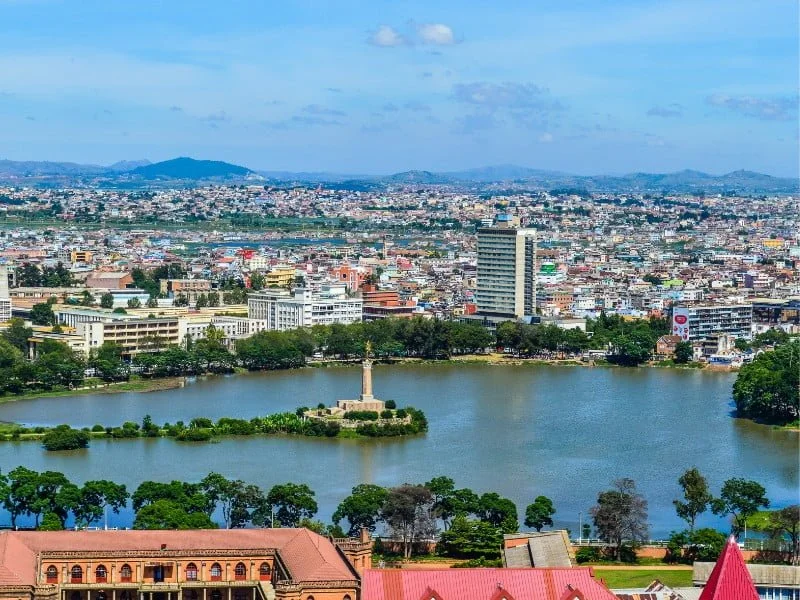


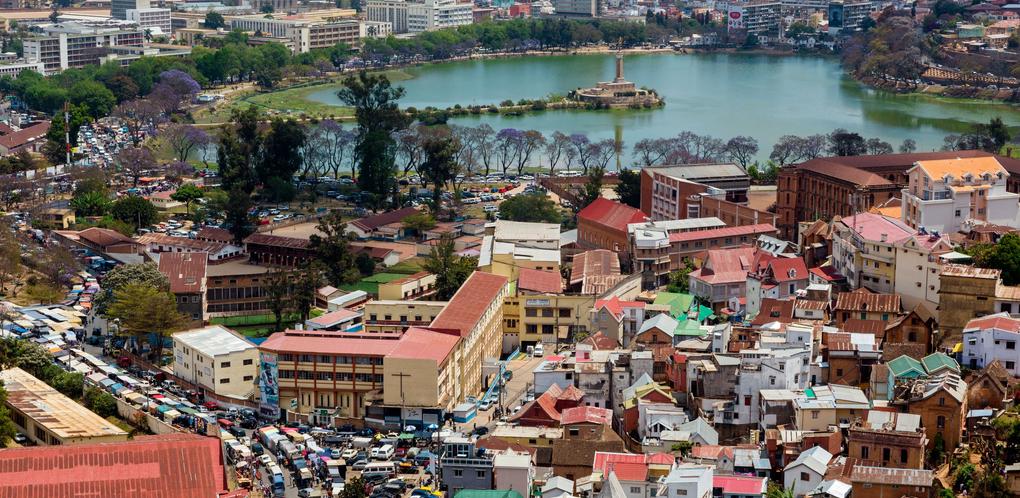
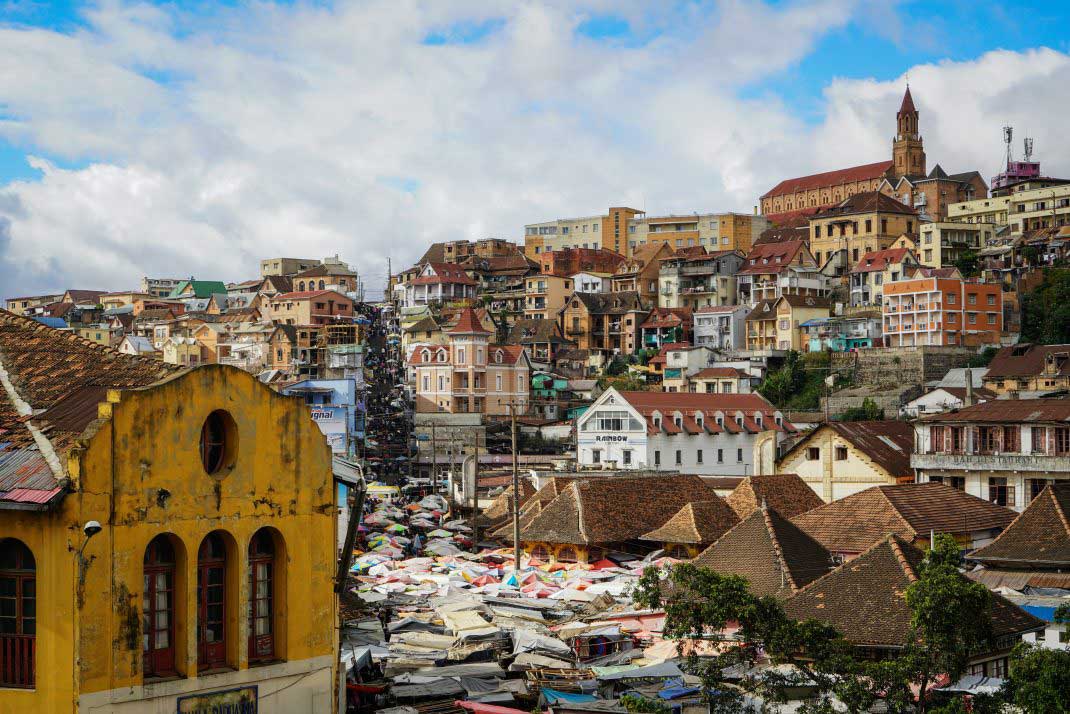





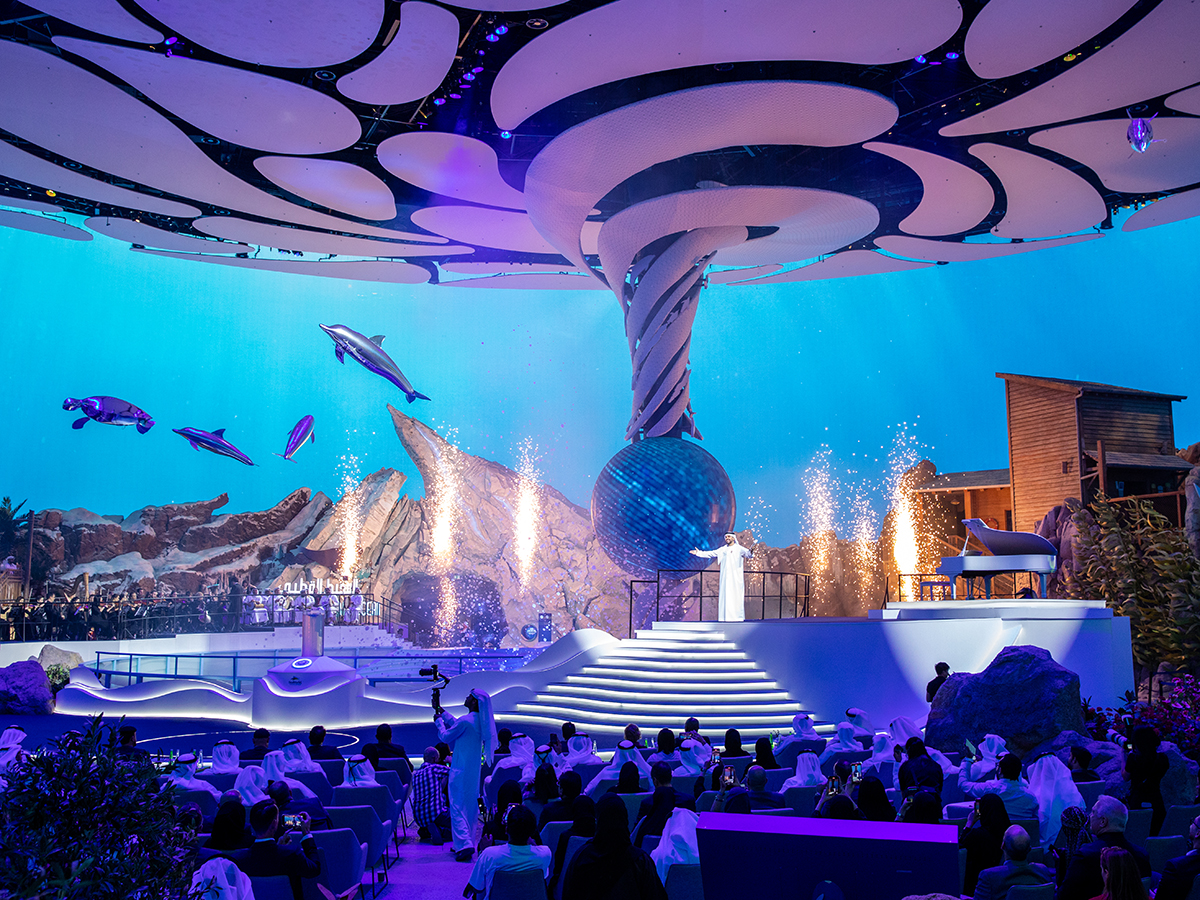

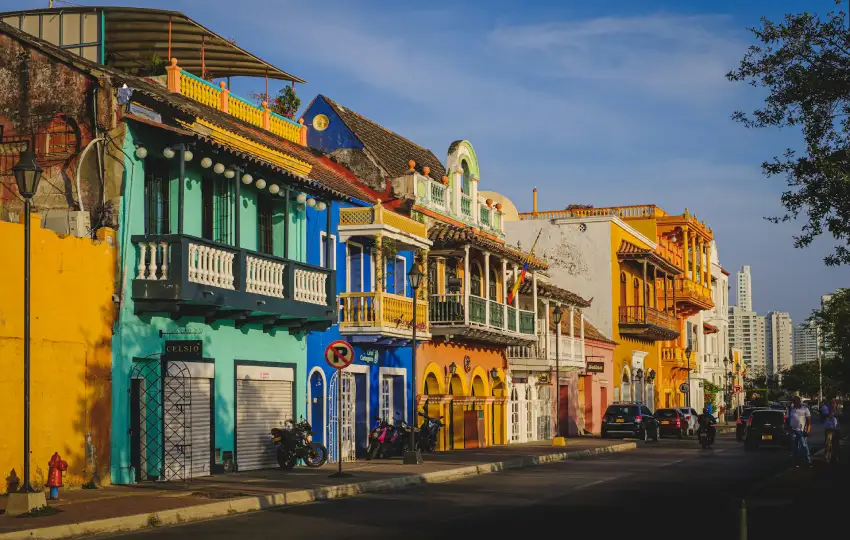
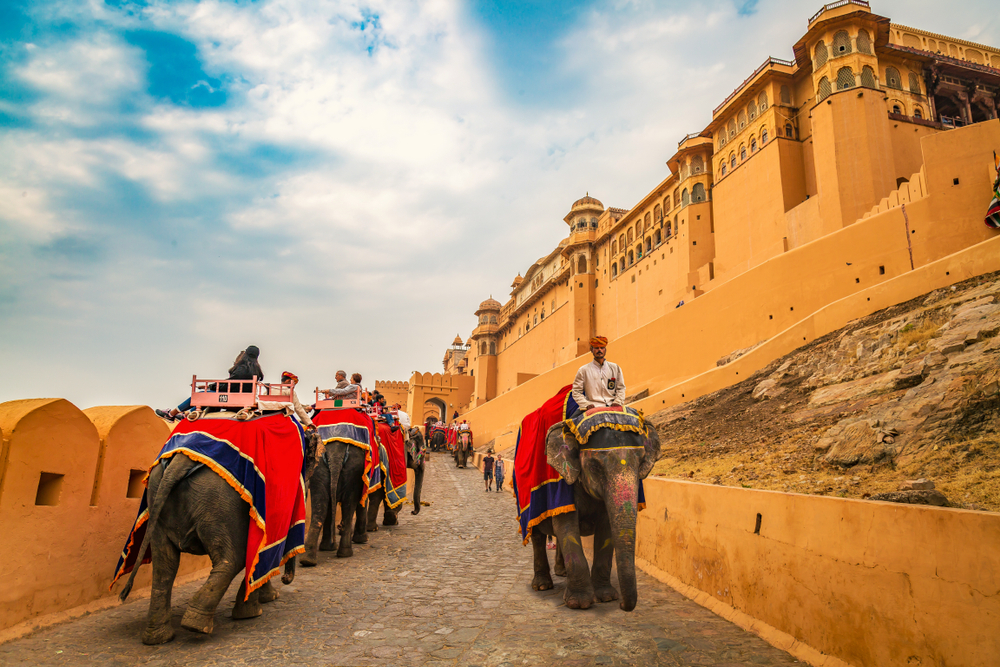







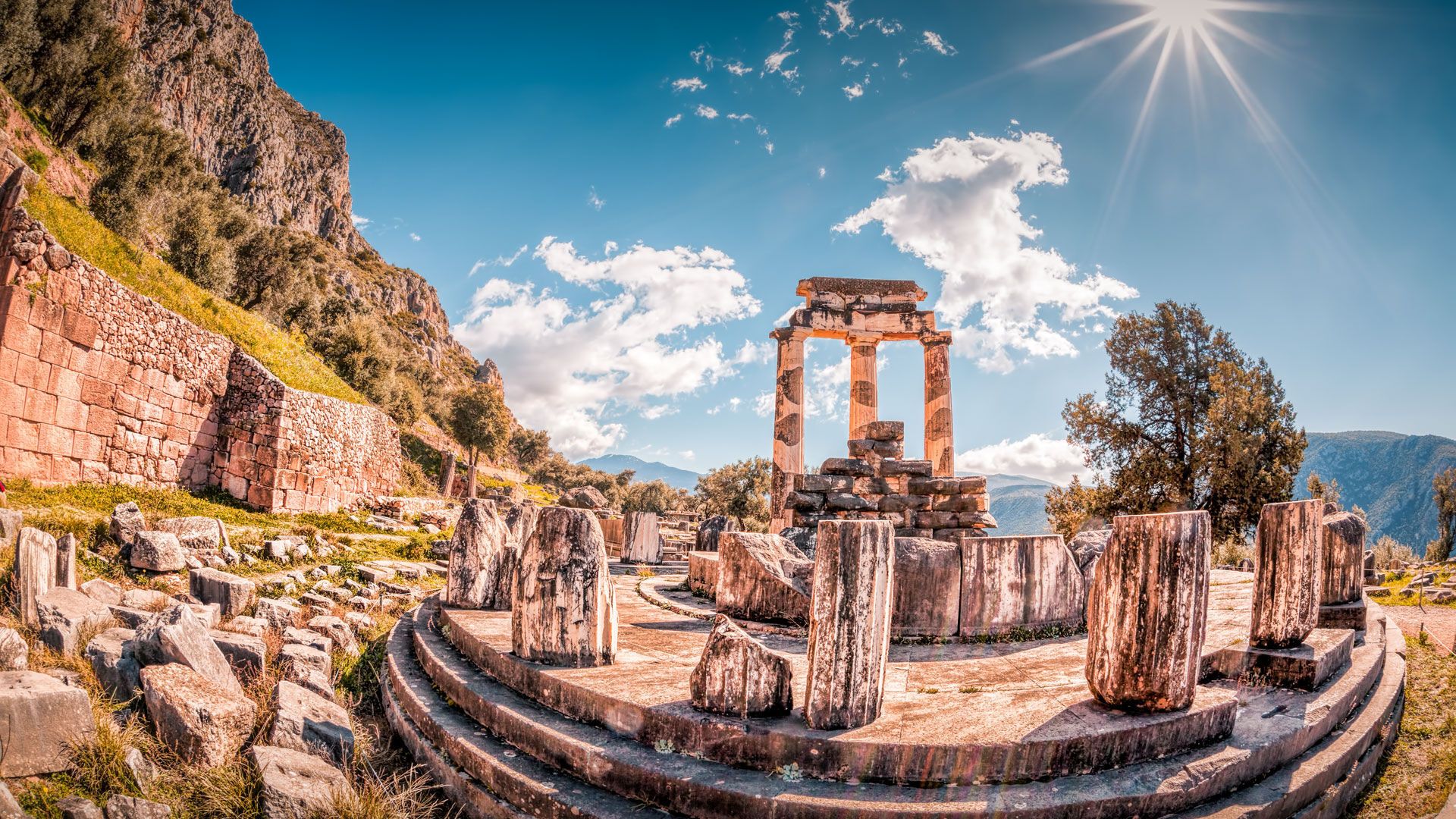


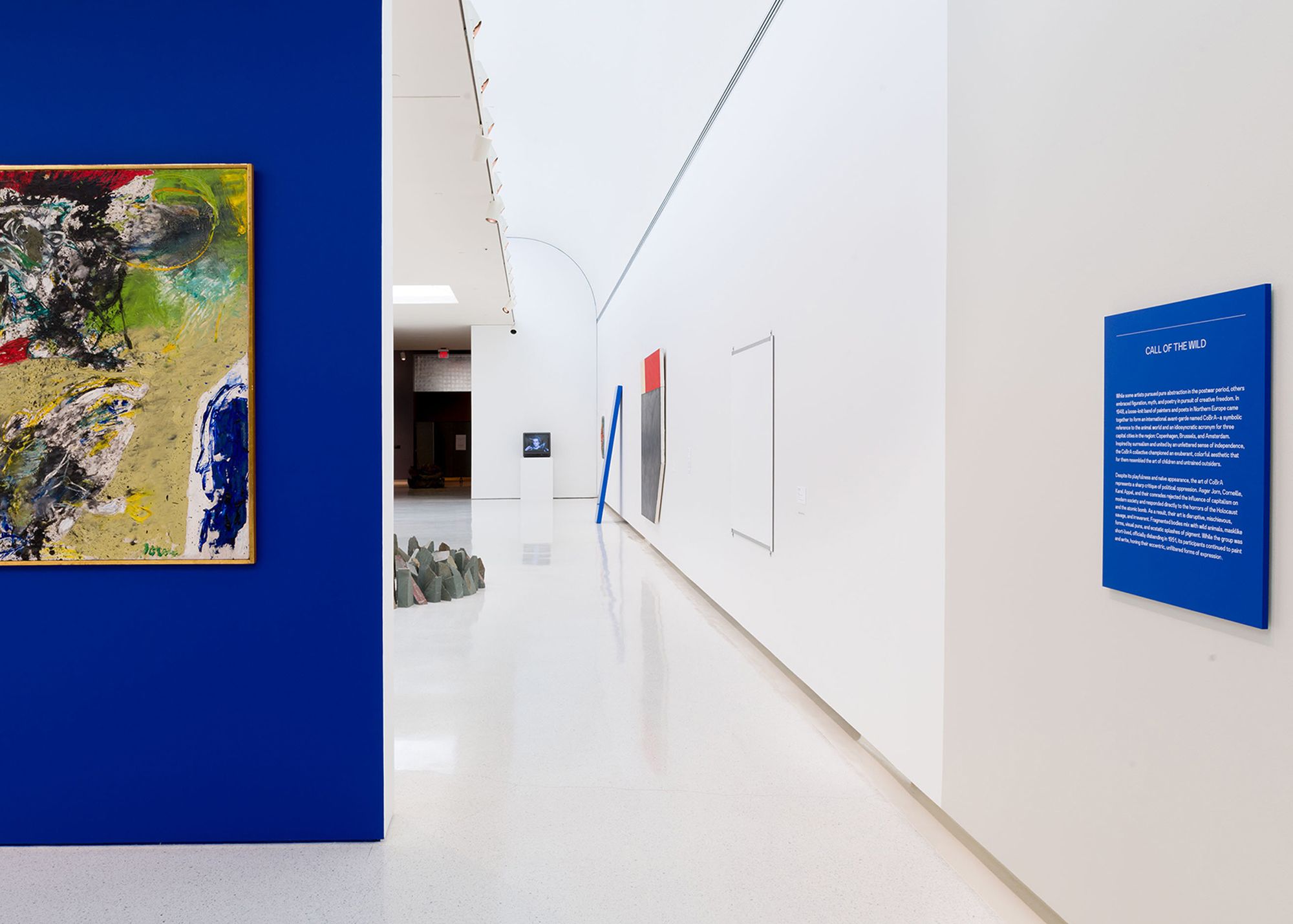
Comments